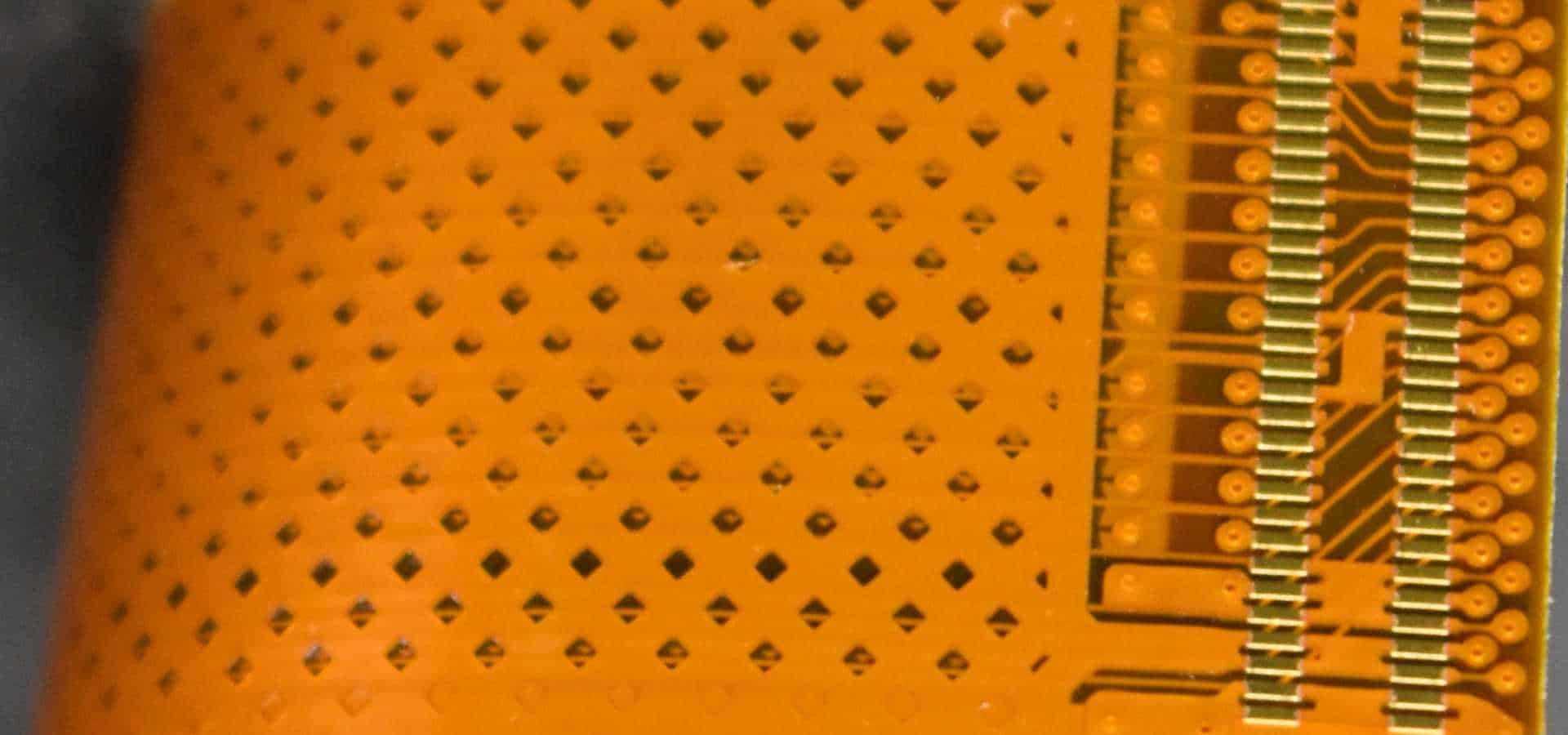
ALL ABOUT FLEX PCB
-
How thick is 1 oz copper on a PCB?
Posted by
–
 Read more: How thick is 1 oz copper on a PCB?
Read more: How thick is 1 oz copper on a PCB?Introduction Printed circuit boards (PCBs) are essential components in virtually all modern electronics. They provide the foundation for mounting and connecting electronic components. A key part of PCB design and manufacturing is determining the right thickness of the copper layer. The copper thickness is commonly specified in terms of ounces […]
-
How thick is the copper in a flex PCB?
Posted by
–
 Read more: How thick is the copper in a flex PCB?
Read more: How thick is the copper in a flex PCB?Flexible printed circuit boards (flex PCBs or flex circuits) are made from flexible dielectric materials with conductive copper traces on one or both sides. The copper thickness can vary based on the application requirements. This article explores the typical copper thickness used in flex PCBs and the factors that determine […]
-
What are flex PCBs made out of?
Posted by
–
 Read more: What are flex PCBs made out of?
Read more: What are flex PCBs made out of?Introduction A flex printed circuit board (PCB) is a type of printed circuit board that is flexible and can bend or flex. Flex PCBs consist of flexible dielectric substrate materials like polyimide that allow the board to flex and conform to different shapes without damage. They utilize conductive materials like […]
-
What are flex circuits used for?
Posted by
–
 Read more: What are flex circuits used for?
Read more: What are flex circuits used for?Introduction Flex circuits, also known as flexible printed circuits or flex PCBs, are thin, bendable circuit boards that connect electronic components. They are made from flexible insulating substrate materials like polyimide or polyester with conductive traces printed or bonded on the surface. Flex circuits can be designed with intricate shapes […]
-
What is the difference between flex PCB and FPC?
Posted by
–
 Read more: What is the difference between flex PCB and FPC?
Read more: What is the difference between flex PCB and FPC?Introduction Printed circuit boards (PCBs) are essential components in modern electronics that provide the mechanical structure and electrical connections for electronic components. While traditional rigid PCBs have served the electronics industry well, the emergence of smaller and more portable devices has driven the need for more flexible and space-saving PCB […]
-
What is flex board used for?
Posted by
–
 Read more: What is flex board used for?
Read more: What is flex board used for?Flexible printed circuit boards, also known as flex circuits or flex boards, are thin flexible circuits that can be bent and folded to fit into tight spaces. They provide electrical connections between components while still allowing mechanical motion and flexibility. Flex boards are used in a wide variety of applications […]
-
What are the three types of flexible joints?
Posted by
–
 Read more: What are the three types of flexible joints?
Read more: What are the three types of flexible joints?The human body has different types of joints that connect bones and allow movement. Joints provide the body with mobility and flexibility to perform various functions. There are three main types of flexible joints in the human body: Ball and Socket Joints What is a ball and socket joint? A […]
-
 Read more: What are the advantages of flexible coupling over rigid coupling?
Read more: What are the advantages of flexible coupling over rigid coupling?Introduction Couplings are used to connect two shafts together while allowing for shaft misalignment and end movement or vibration. There are two main types of couplings: rigid couplings and flexible couplings. Rigid couplings like sleeve or clamp couplings provide a very stiff connection between the shafts but do not allow […]
-
What is the Advantage of Flexible Joint?
Posted by
–
 Read more: What is the Advantage of Flexible Joint?
Read more: What is the Advantage of Flexible Joint?A flexible joint is a mechanical coupling that allows angular misalignment or offset while transmitting torque and rotating motion. Flexible joints are used to connect rotating shafts that are not precisely aligned or have small parallel or angular misalignments. They accommodate the misalignment and enable smooth power transmission between the […]
-
 Read more: What is the difference between a rigid and flexible joint?
Read more: What is the difference between a rigid and flexible joint?The human body has many different types of joints that connect bones together and allow movement. Joints can be classified as either rigid or flexible based on the amount of movement they allow. Understanding the differences between rigid and flexible joints is important for learning how the skeletal system enables […]




